The Colorful History Of Lipstick: From Ancient Rituals To Modern Trends
Lipstick isn’t just a makeup item; it’s a symbol of empowerment, style, and self-expression.
But did you know that its journey goes way back to ancient times? Let’s take a colorful trip through history to uncover the fascinating evolution of lipstick.
Makeup in ancient times
Makeup isn’t just a recent invention. Back in ancient times, long before modern civilization, our ancestors were dabbling in face painting.
However, they weren’t just applying makeup for decoration or fun parties. Instead, they believed that applying cosmetics offered protection against dark forces they thought existed.
Cosmetic body art wasn’t merely about looking good; it was one of the earliest forms of ritual in human culture.
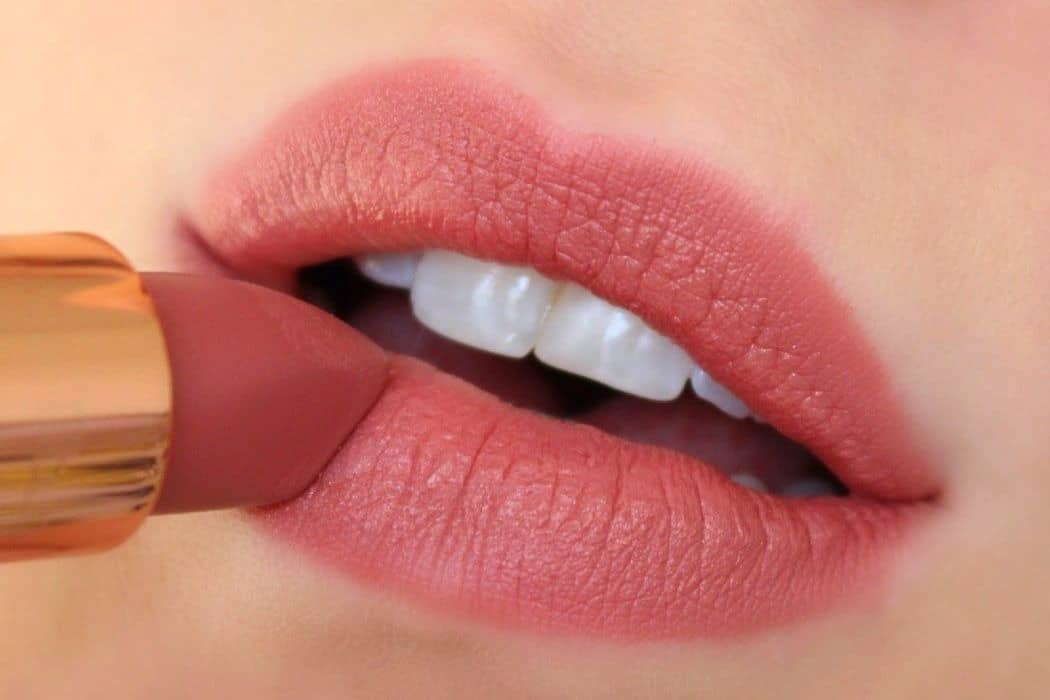
They utilized naturally sourced pigments, such as black, yellow, and red ochre, derived from colored mud and clay.
Fast forward to ancient civilizations like the Sumerians and Mesopotamians, who were among the first to sport lip colors made from fruits, henna, and even ground-up gemstones and jewels!
The ancient Egyptian lipstick
The ancient Egyptians took lipstick to a whole new level, using it not just for beauty but also as a marker of wealth and a way to appeal to the deities.
At that time, both men and women wore makeup, with essentials like reddish rouge for cheeks and lips, black kohl eyeliner, white powders, and malachite-colored eyeshadows filling their cosmetic bags!
That rosy glow from the rouge wasn’t just for looks; it was thought to signify good health. The red pigment was all the rage because it was abundant and vibrant.
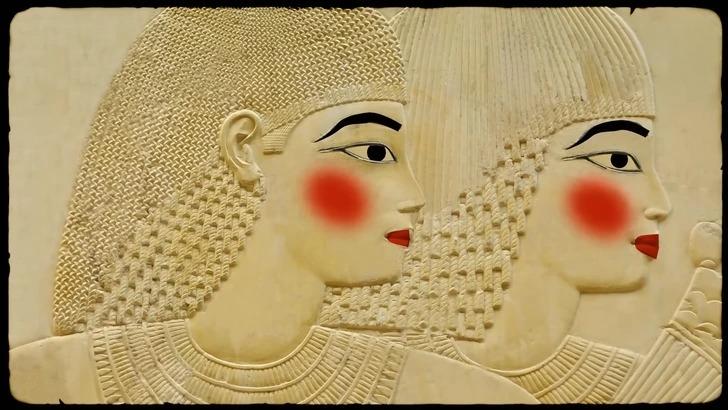
Egyptians went to extraordinary lengths for that perfect hue, even importing parasitic insects called “Kermes.”
They crushed bugs to make vibrant red pigments. That wasn’t easy—it took around seventy-thousand of them to make just one pound of dye! To top it off, they threw in some crushed ants for that flawless shade of red.
And guess what? Cleopatra was a fan of that striking red hue.
Red pigments from bugs
Did you know that the same bug-derived pigment used by the ancient Egyptians is still found in lipsticks today? Yup, that’s right! We still use that special red pigment in lipsticks, as well as in some foods, medicines, and even paints.
And get this—they didn’t just stop at red lipstick. They also made shimmery lipsticks from fish scales! Crazy, right? Oh, and here’s a fun fact: they even put makeup on their mummies because they thought it would make them super attractive in the afterlife.
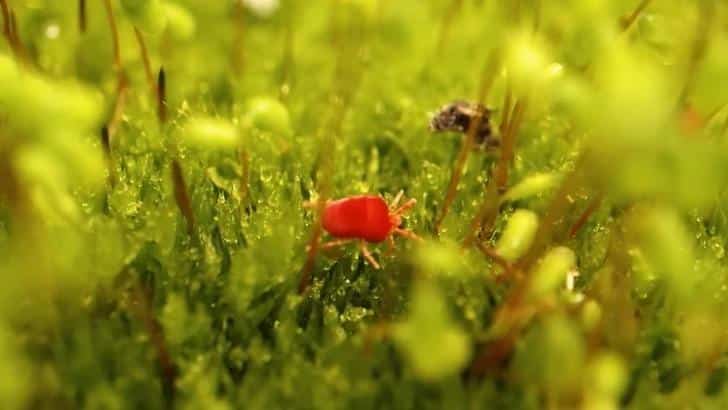
Ancient Chinese lip balms using beeswax
But the Egyptians weren’t the only ones getting creative with makeup. Ancient Chinese folks made the first lip balms using beeswax to keep their lips nice and smooth.
And despite what Mulan might say, they were all about wearing lipstick to shape their lips into cool designs like circles, hearts, and even butterflies!
Lipstick in the Queen Elizabeth I Era
Back in the Middle Ages, lipstick wasn’t exactly in vogue in the Western world. It had a bit of a bad reputation.
But things changed when Queen Elizabeth I took the throne. She was a big fan of makeup, especially lipstick. In fact, she slathered on so much lipstick, you could practically measure it in inches!
Queen Elizabeth believed that lipstick had magical healing powers and could even keep her healthy.
Unfortunately, her lipsticks contained harmful stuff like lead, which ended up making her sick. Despite this, lipstick was still a luxury item, mainly available to noble ladies and actors.
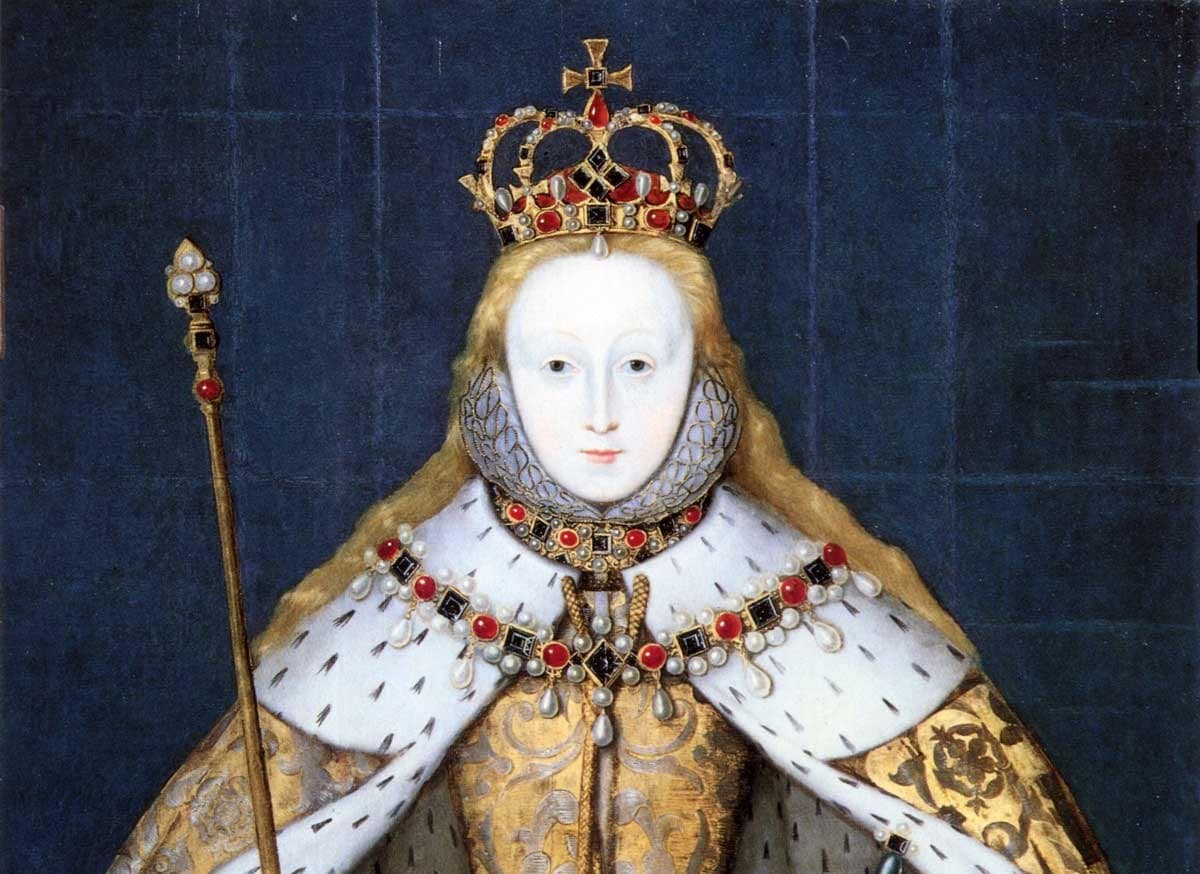
Then along came the Victorian Era, and Queen Victoria had very different ideas about lipstick.
She thought it was downright impolite! So, for most of the century, lipstick stayed out of fashion. But rebellious women, like actresses, still wore it, even if it was a bit scandalous.
But some ladies couldn’t resist a little color on their lips, even if it meant breaking the rules. They’d bite their lips for a natural flush or sneakily use faintly-tinted lip balms under the guise of moisturizing their chapped lips.
In the 1920s, actresses wearing dark red and bold makeup became style icons
By the end of the 19th century, people weren’t much into lipstick, but things changed.
People were starting to get curious about makeup and cosmetics, and that’s when they started making lipsticks in metal tubes.
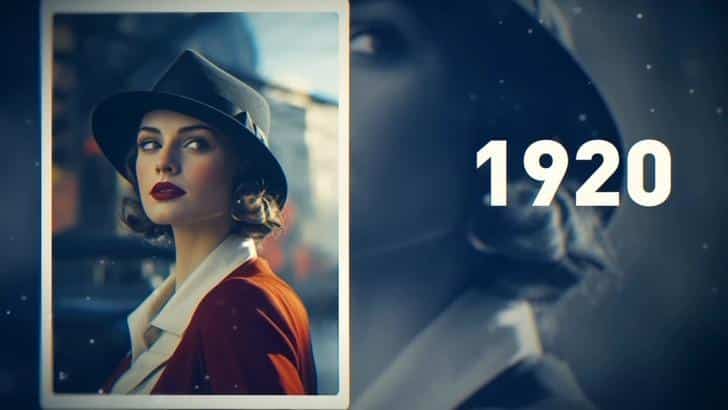
Over in the United States, actresses moved from the stage to movies, and suddenly, lipstick was no longer seen as scandalous—it was glamorous! Actresses wearing dark red or plum lipstick alongside bold makeup became style icons.
Then, in 1912, women fighting for the right to vote started wearing red lipstick to their rallies. It wasn’t just about looking good; it was a powerful symbol of solidarity, protest, and independence.
Fast forward to the 1920s, when flappers shocked everyone by wearing lipstick in public. And guess what? Lipsticks became easier to find and buy—they were put right on the counters for everyone to see and buy.
The “lipstick effect” in the 1930s
In the 1930s, lipstick sales soared, even during tough economic times. They called this the “lipstick effect”—it means even when money’s tight, people still like to treat themselves to little luxuries. But not everyone liked lipstick; some older folks saw it as rebellious.
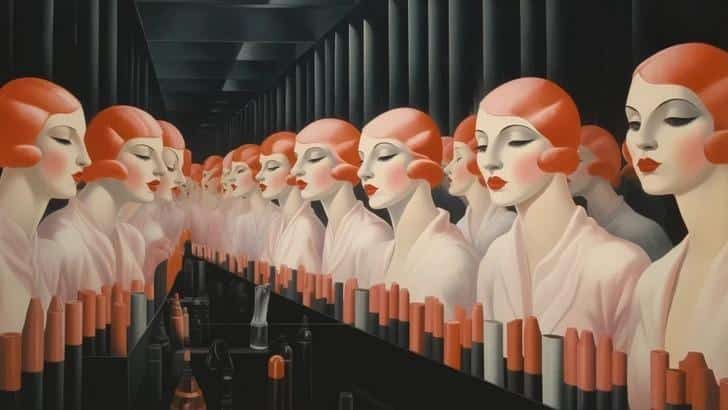
In 1937, a survey found that more than half of teenage girls argued with their parents about wearing lipstick.
But then came Hollywood’s golden era, and with it, the golden era of lipsticks. Famous actresses like Marilyn Monroe, Elizabeth Taylor, Grace Kelly, and Jayne Mansfield made dark red lips super popular.
The invention of the first non-smearing lipstick
Back in the day, one big problem with lipstick was that it would easily smear off. But in the 1950s, an American chemist named Hazel Bishop fixed that issue by inventing the first non-smearing lipstick ever.
After that, lipstick colors and how people put them on started changing based on what was cool at the time.
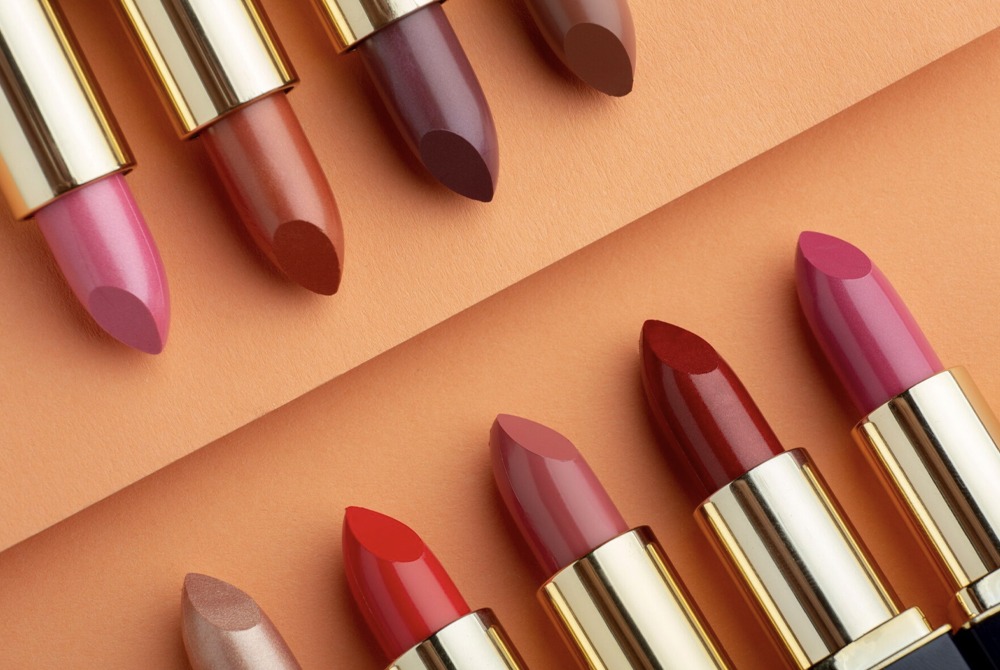
Over the decades, lipstick trends have evolved. Pastel pinks in the ’60s. Deep purples, crazy neons like acid green, and super dark blacks in the ’80s, the disco era. Minimalist browns in the ’90s.
And now? Well, there are so many options! You can find lipstick in any color or finish you can think of—there’s really no limit to how you can express yourself with lipstick!

